Comfortable and Reliable Crutches for Every Step
Explore high-quality crutches for mobility support. Learn how to hire or buy crutches near you, choose the right type, and use them correctly.
Summary
Crutches are vital mobility aids used to support people recovering from injury, surgery, or managing mobility-limiting conditions. Whether you need a pair for a few weeks or require ongoing support, having access to comfortable, well-fitted crutches makes a significant difference in recovery and daily life.
This guide explores everything you need to know about crutches—types, sizing, correct usage, and where to hire or purchase them across Australia. Whether you're searching for short-term rental or a permanent mobility solution, you’ll find practical information here to help make the right choice.
When and Why You Might Need Crutches
Crutches help offload weight from the lower limbs, offering balance, mobility, and stability while walking. They are commonly used during recovery from:
- Fractures or sprains
- Knee or foot surgery
- Hip replacements
- Neurological conditions or chronic joint pain
Doctors, physiotherapists, or orthopaedic specialists may recommend crutches as part of a structured recovery plan. They're especially useful for navigating short distances indoors and outdoors during temporary immobility.
Different conditions call for different types of crutches and support levels, which is why understanding the options is crucial for safe, comfortable mobility.
Types of Crutches and How to Choose the Right Pair
There are several types of crutches available, each offering distinct advantages depending on the user's condition and physical ability.
-
1. Underarm (Axillary) Crutches
These are the most commonly seen crutches and are used by placing the pads beneath the armpits.
Best for:- Short-term use
- Individuals with good upper body strength
- Post-operative support
They must be sized properly to avoid nerve compression in the underarms. Padding and height-adjustable options offer enhanced comfort.
-
2. Forearm (Elbow) Crutches
These have a cuff that wraps around the forearm, providing a more discreet and ergonomic option.
Best for:- Long-term users
- Individuals with stable gait
- Enhanced control on uneven surfaces
Common in Australia and Europe, these are lightweight, highly manoeuvrable, and considered more suitable for everyday community use.
-
3. Platform Crutches
These are ideal for users who cannot bear weight on their hands or wrists. A platform supports the forearm while the user leans into it.
Best for:- Arthritis or wrist injuries
- Long-term support with limited grip strength
-
4. Folding and Travel Crutches
Folding crutches are convenient for travel and can be stored compactly when not in use.
Caring for and Maintaining Crutches
Proper care prolongs the life of your crutches and maintains safe usage.
Maintenance checklist:
- Inspect grips and tips weekly for signs of wear
- Tighten bolts regularly to prevent instability
- Clean frames with mild disinfectant to prevent surface build-up
- Replace rubber tips when they begin to lose traction
Some crutches come with non-marking, anti-slip tips designed for indoor use, while others offer all-terrain or snow-capable accessories.
If hiring, always confirm that the equipment has been sanitised and inspected prior to delivery.
FAQs About Crutches
Q: How do I know which crutches are right for me?
Consult your doctor or physiotherapist. Your choice depends on upper body strength, balance, and the nature of your injury or condition.
Q: Where can I hire crutches near me?
Many pharmacies, hospitals, and mobility aid suppliers offer crutches hire. Look for options that include same-day pickup or delivery.
Q: Are crutches covered by the NDIS?
Yes, under assistive technology supports. You’ll typically need an OT report or physiotherapist recommendation.
Q: How long will I need to use crutches?
This varies based on injury severity. Most people use them from a few days to several weeks. Long-term users often switch to forearm models.
Q: Can I use crutches on stairs?
Yes—with care. Use handrails when available and always lead with the uninjured leg going up and the injured leg going down. Ask for training if unsure.
Featured Products
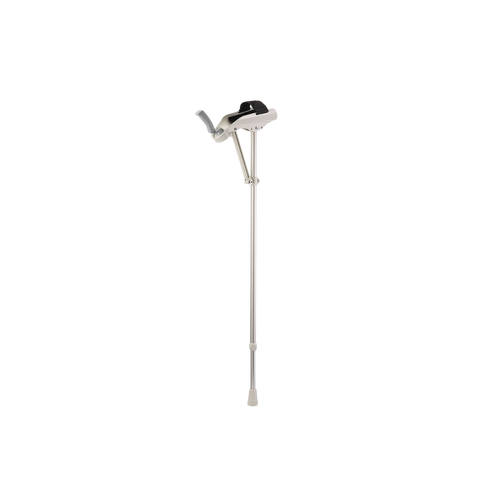
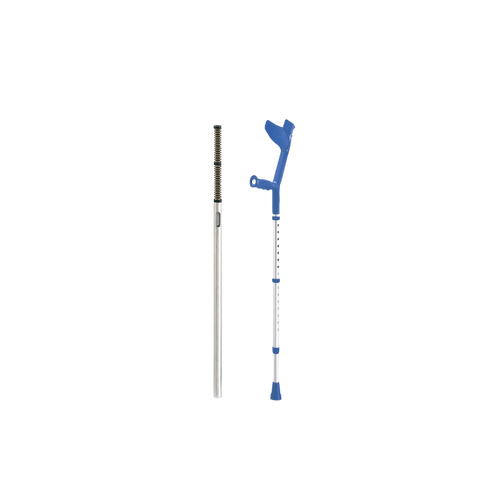
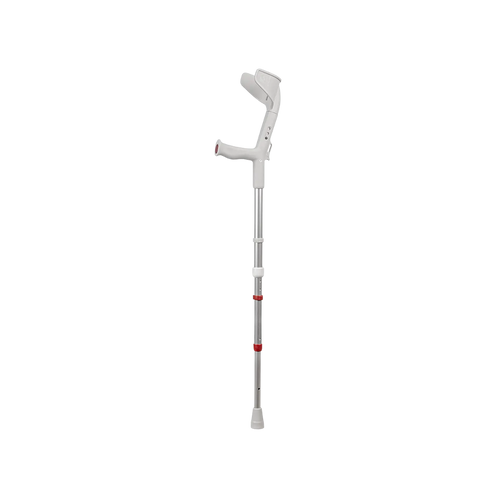
How to Use Crutches Correctly
Using crutches incorrectly can cause pain, fatigue, and even secondary injuries. Follow these steps to ensure safe and effective use:
1. Sizing Your Crutches
- Underarm crutches should allow 2–3 finger widths of space beneath the armpit.
- Handgrips should align with the wrist crease when arms are by your side.
- Elbow crutches should allow 15–30 degrees of bend at the elbow.
Incorrect height may cause shoulder strain, poor posture, or risk of tripping.
2. Walking With Crutches
For partial weight-bearing:
- Move both crutches forward with the injured leg.
- Step forward with the healthy leg.
- Keep hips aligned to avoid limping.
For non-weight-bearing:
- Advance crutches forward.
- Swing the good leg forward beyond the crutches.
- Avoid placing weight on the injured leg.
3. Climbing Stairs
- Going up: Lead with the healthy leg.
- Going down: Lead with the injured leg and crutches.
Always use stair rails when available and avoid rushing movements.
For additional guidance, consult an allied health professional or physiotherapist to ensure you're following a technique suited to your recovery plan.
Hiring vs Buying Crutches: Which Option Is Best?
Depending on the duration and reason for use, you may choose to hire or purchase crutches. Both options have pros and cons.
Hiring Crutches
Ideal for short-term use, such as:
- Minor fractures
- Post-surgical recovery
- Travel or temporary injury
Many Australian medical suppliers and pharmacies offer crutches hire or crutches to hire with daily or weekly rental options.
Benefits:
- Cost-effective
- No long-term commitment
- Return when no longer needed
Buying Crutches
Best for long-term or recurrent users. Individuals with chronic illness or repeat injuries may benefit from custom-fitted, ergonomic designs.
Benefits:
- Tailored comfort
- Reusable
- Add-on accessories like grips, tips, or reflectors
Search online or through reputable suppliers to buy crutches suited to your lifestyle and needs. Whether you’re comparing crutches for sale, seeking crutches near me, or browsing retail options like crutches Kmart, ensure they meet Australian safety standards.
Conclusion
Crutches are a reliable and widely-used aid for people with temporary or long-term mobility challenges. Whether you’re recovering from an injury or managing a health condition, properly selected and well-fitted crutches support mobility, reduce strain, and improve confidence.
From underarm crutches to forearm and folding designs, there’s a solution for every individual. Understanding how to use crutches correctly and knowing whether to buy or hire ensures you or your loved one receives the best support possible.
Need crutches now?
Browse our trusted selection of crutches for hire or purchase, including ergonomic designs for recovery or long-term use.
📞 Call 1300 615 193 or order online at our website.
Crutches provide reliable mobility support for people recovering from injury, surgery, or managing long-term conditions. This collection includes high-quality crutches designed for comfort, stability, and safe weight-bearing, suitable for short-term recovery or ongoing daily use at home, work, or outdoors.
What this collection includes:
• Underarm (axillary) crutches for short-term recovery
• Forearm (elbow) crutches for long-term and everyday use
• Arthritis and rheumatism crutches with forearm load distribution
• Shock-absorbing crutches to reduce wrist and shoulder strain
• Telescopic and folding travel crutches
• Adjustable height designs for personalised fit
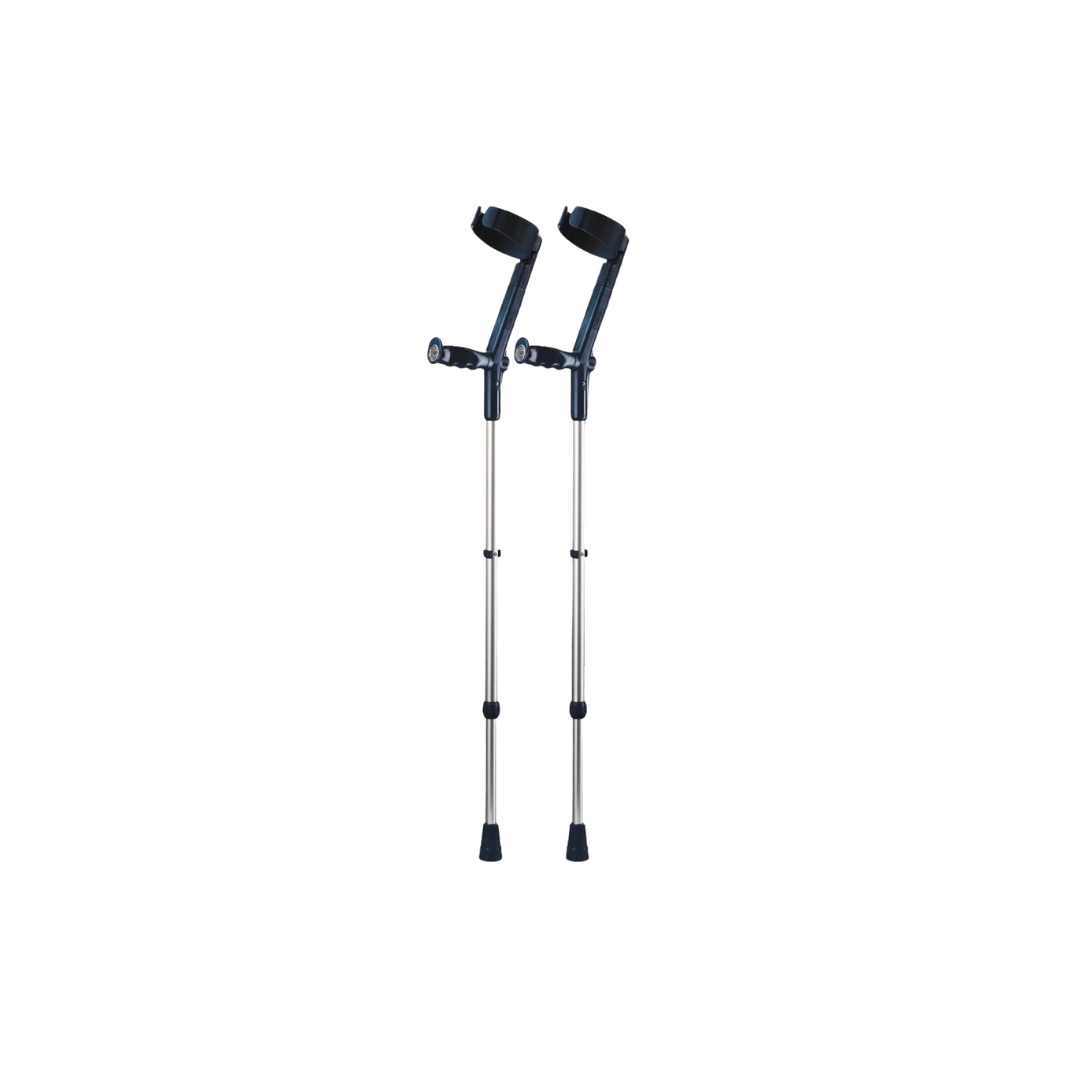
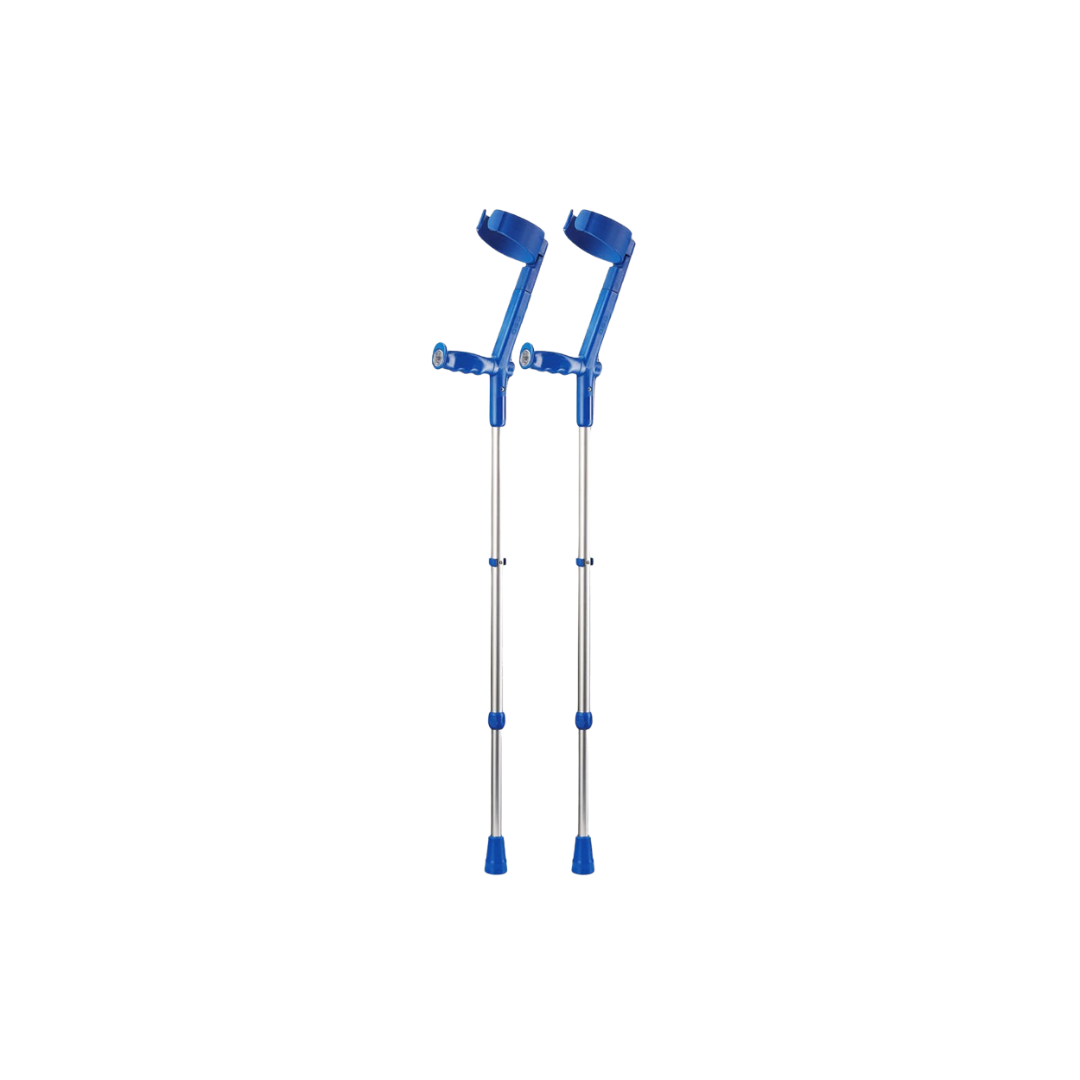
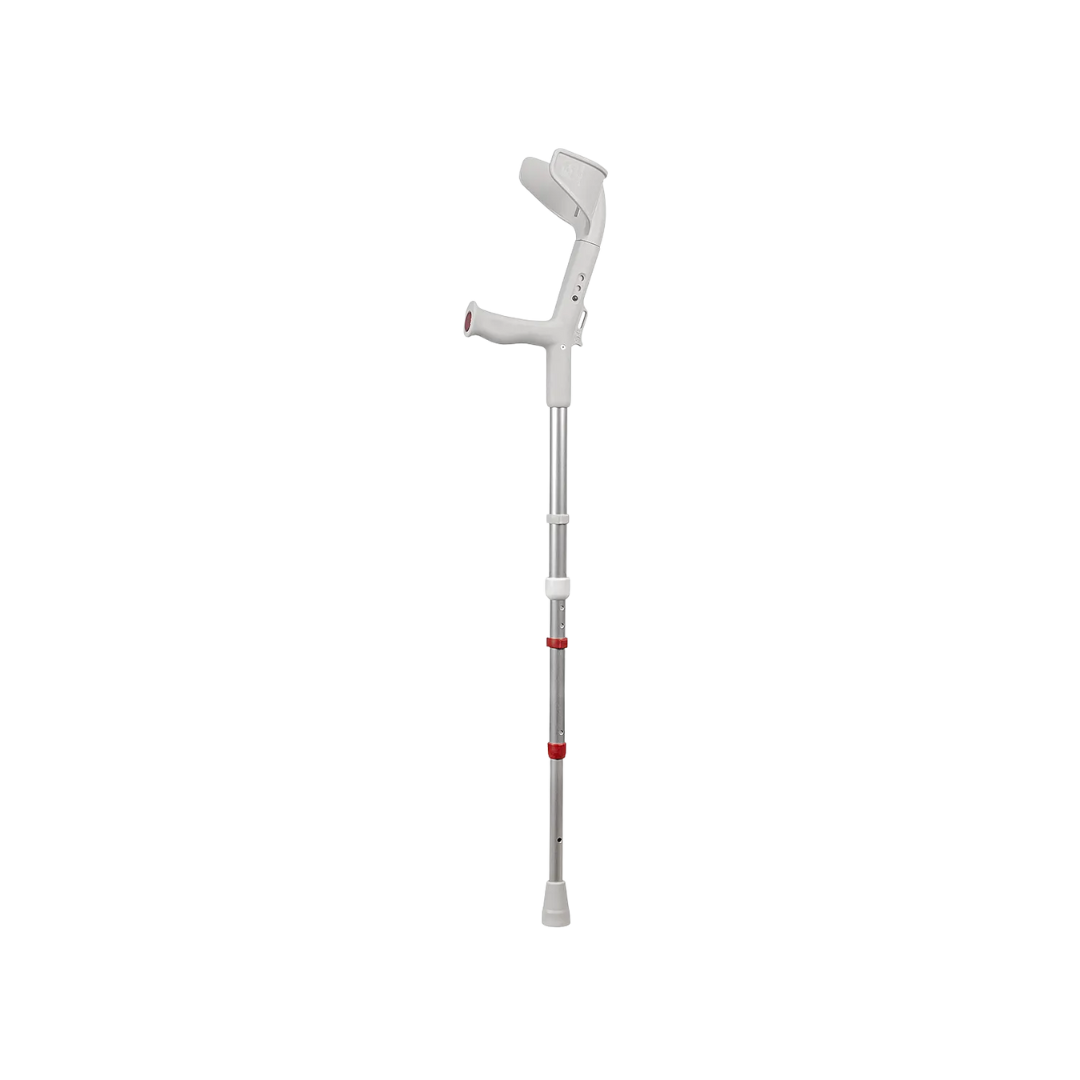
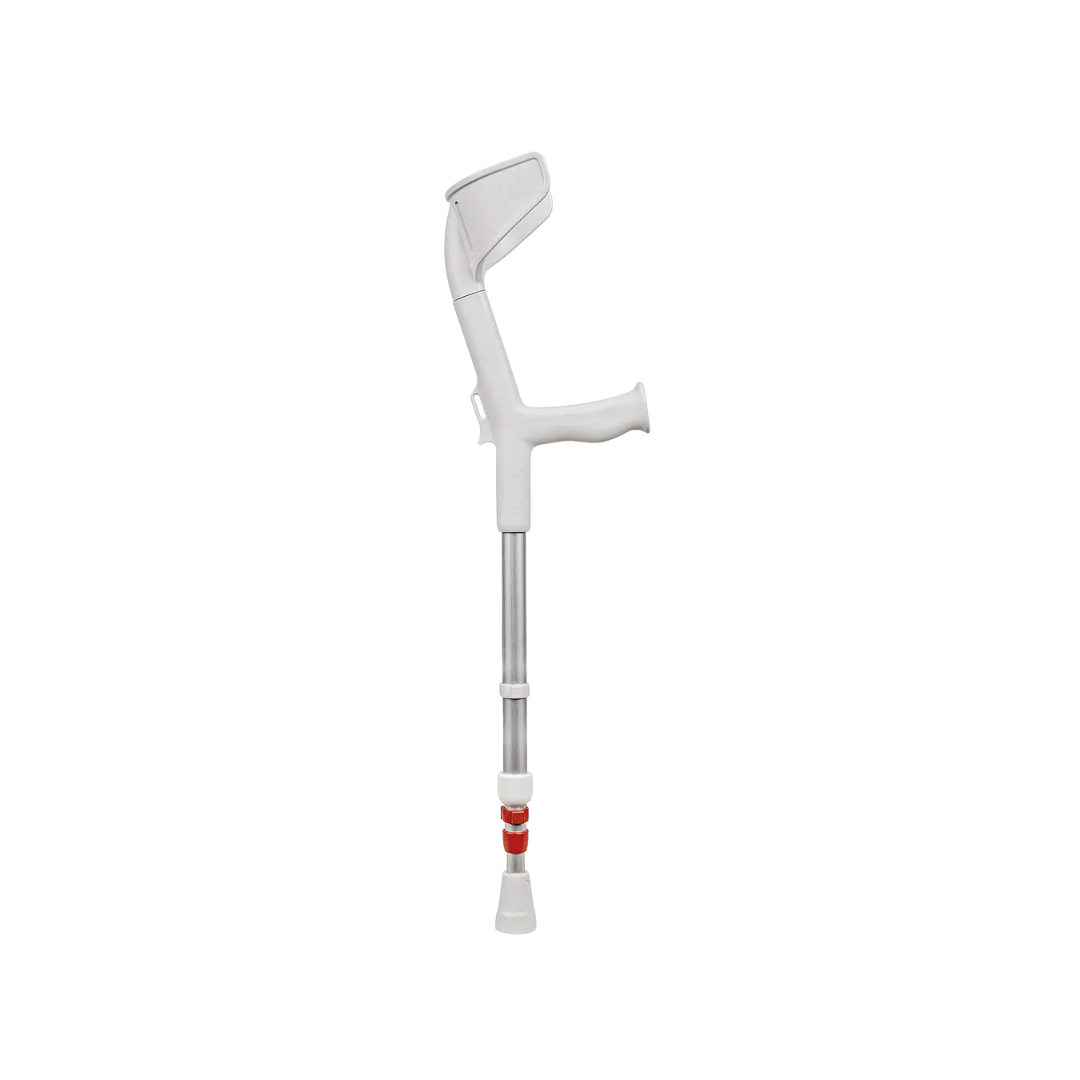
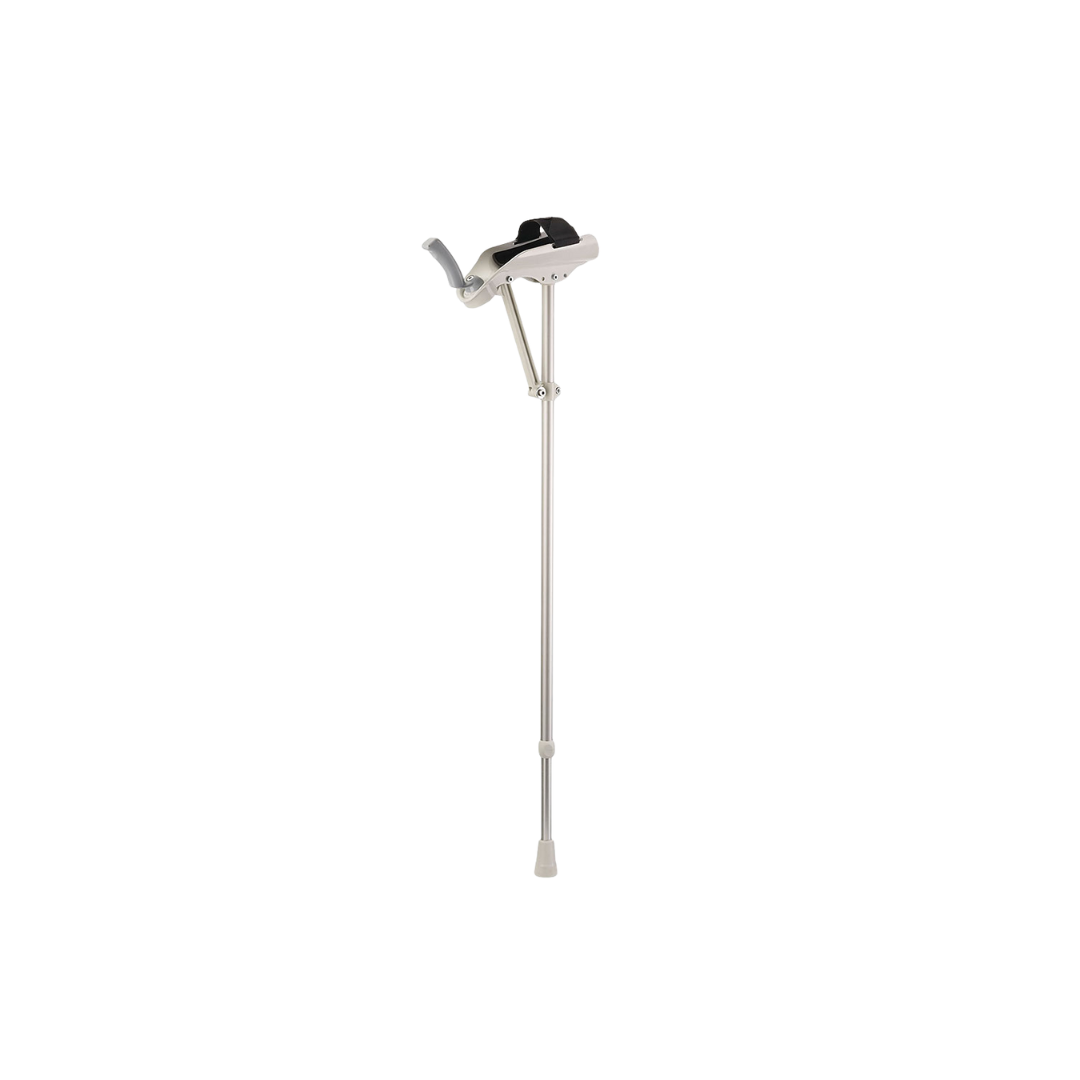
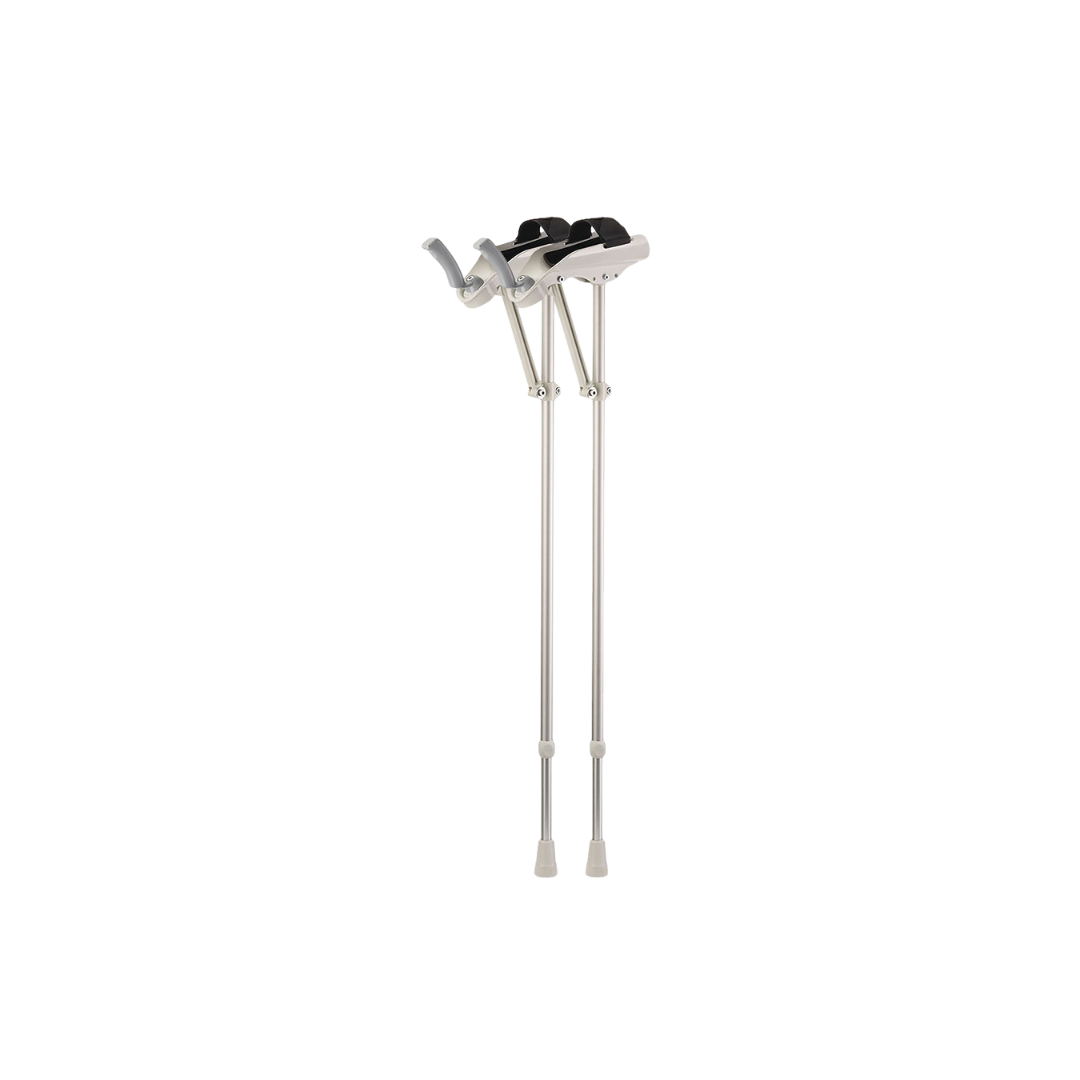
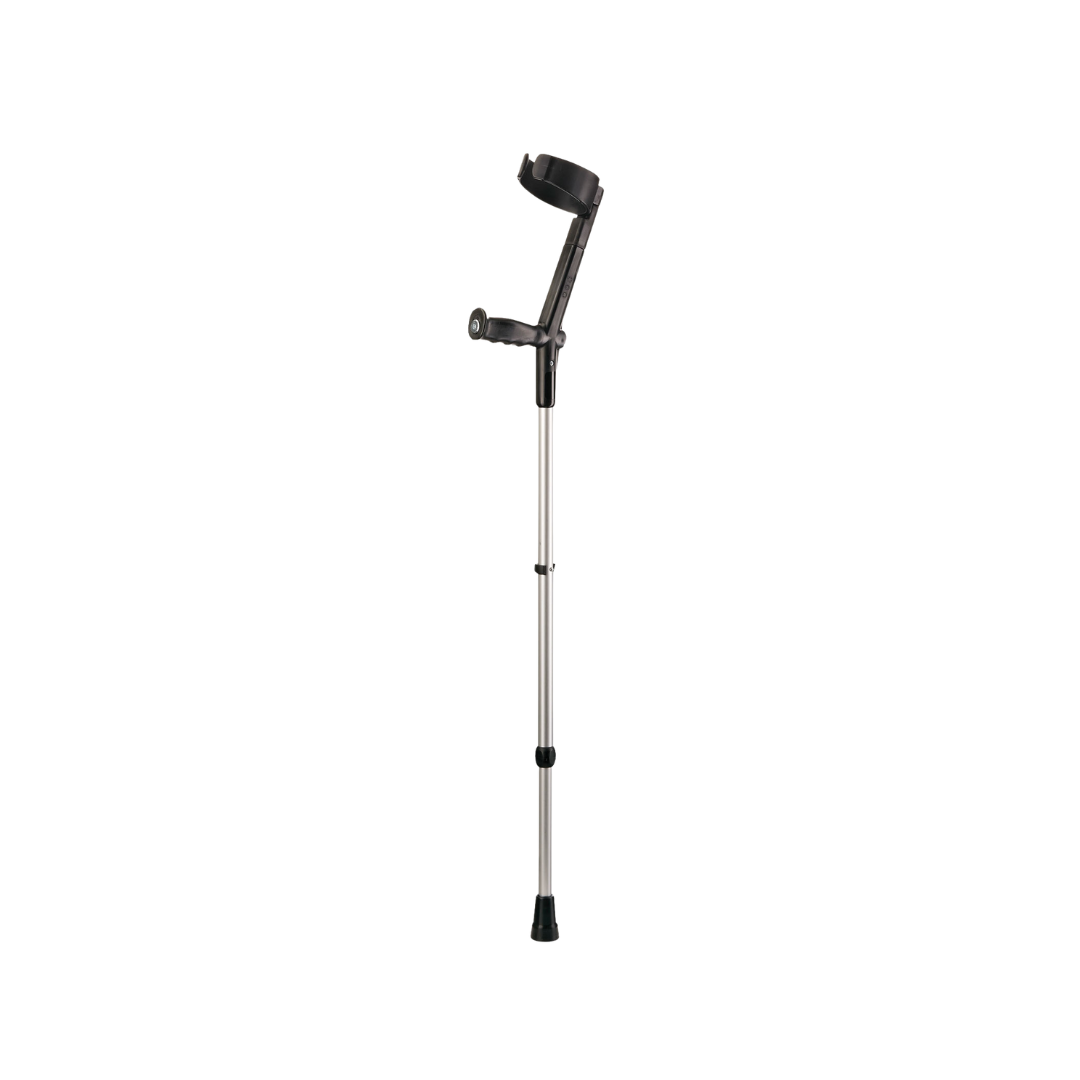
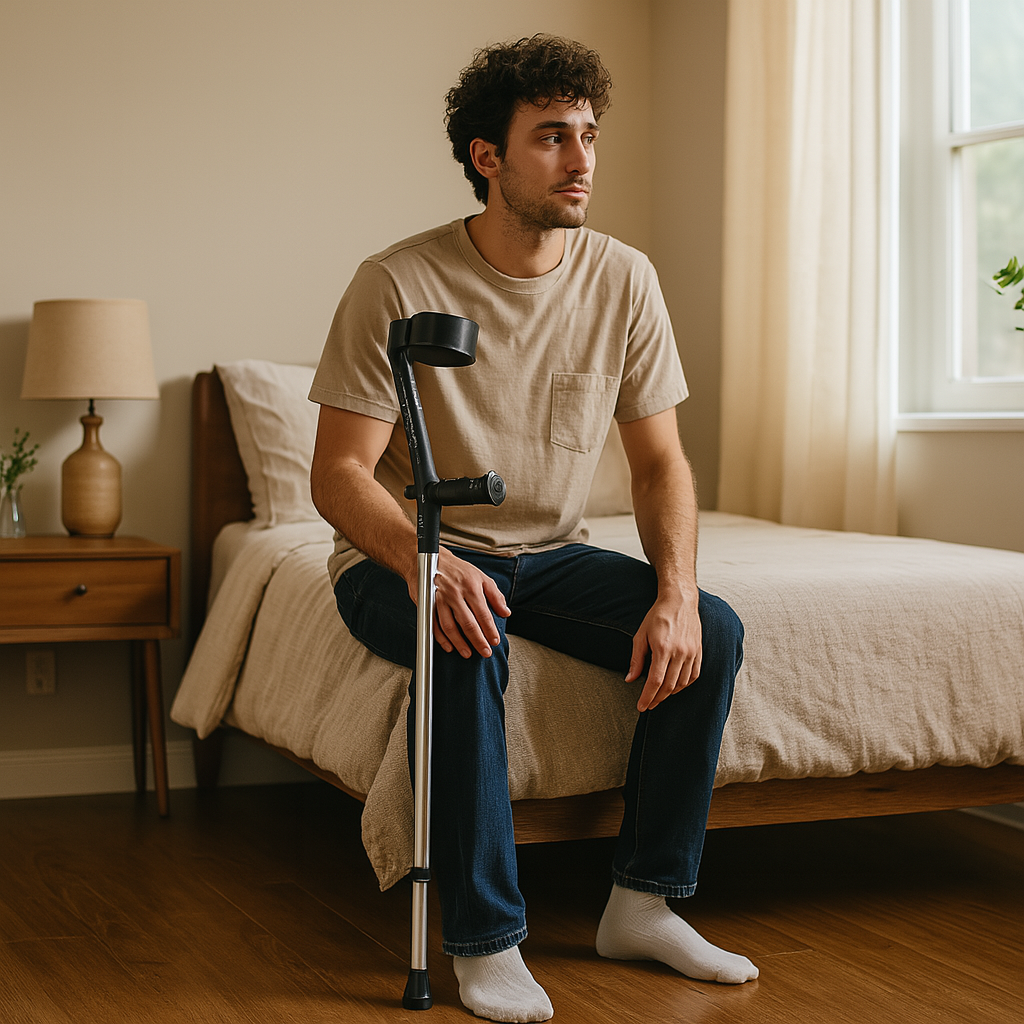

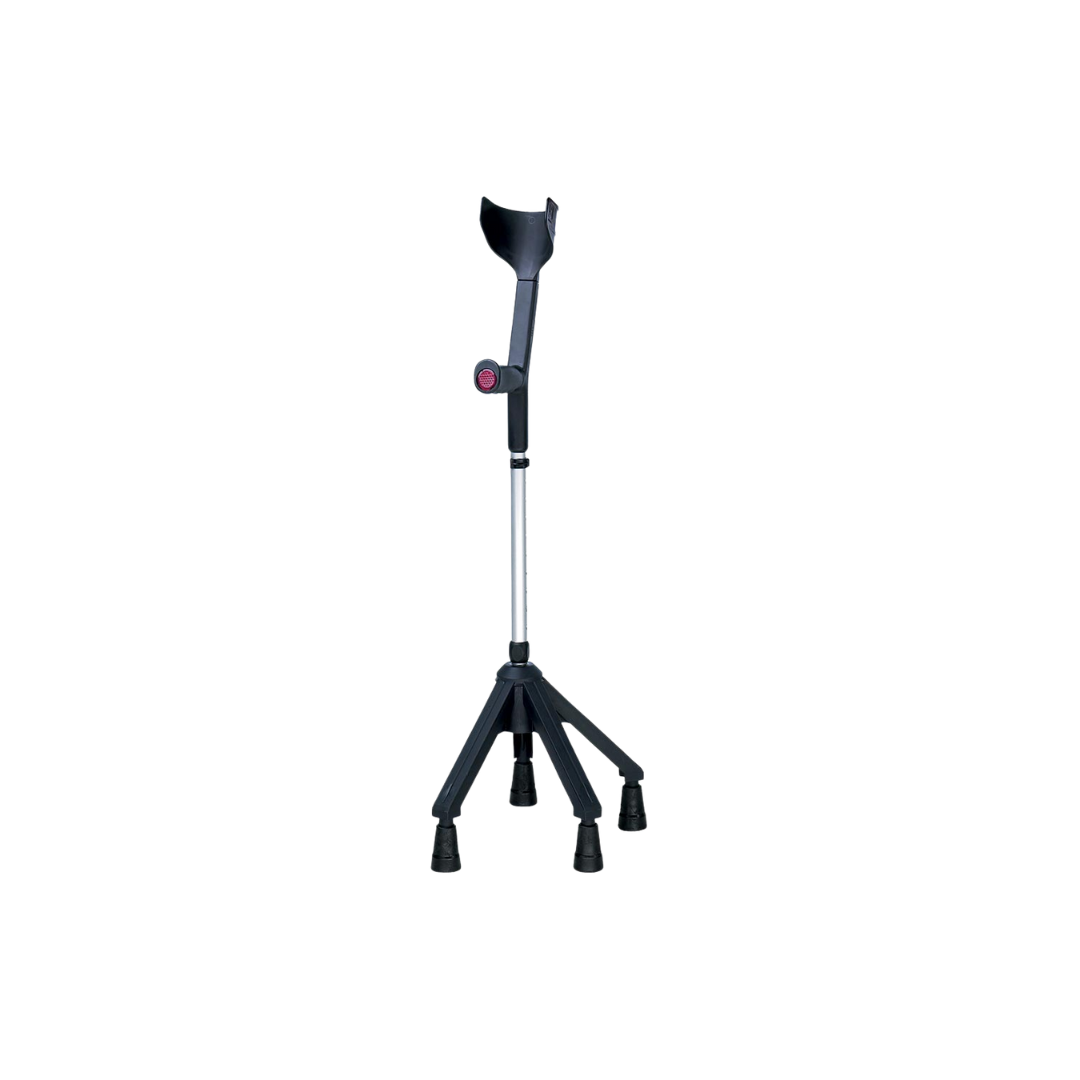
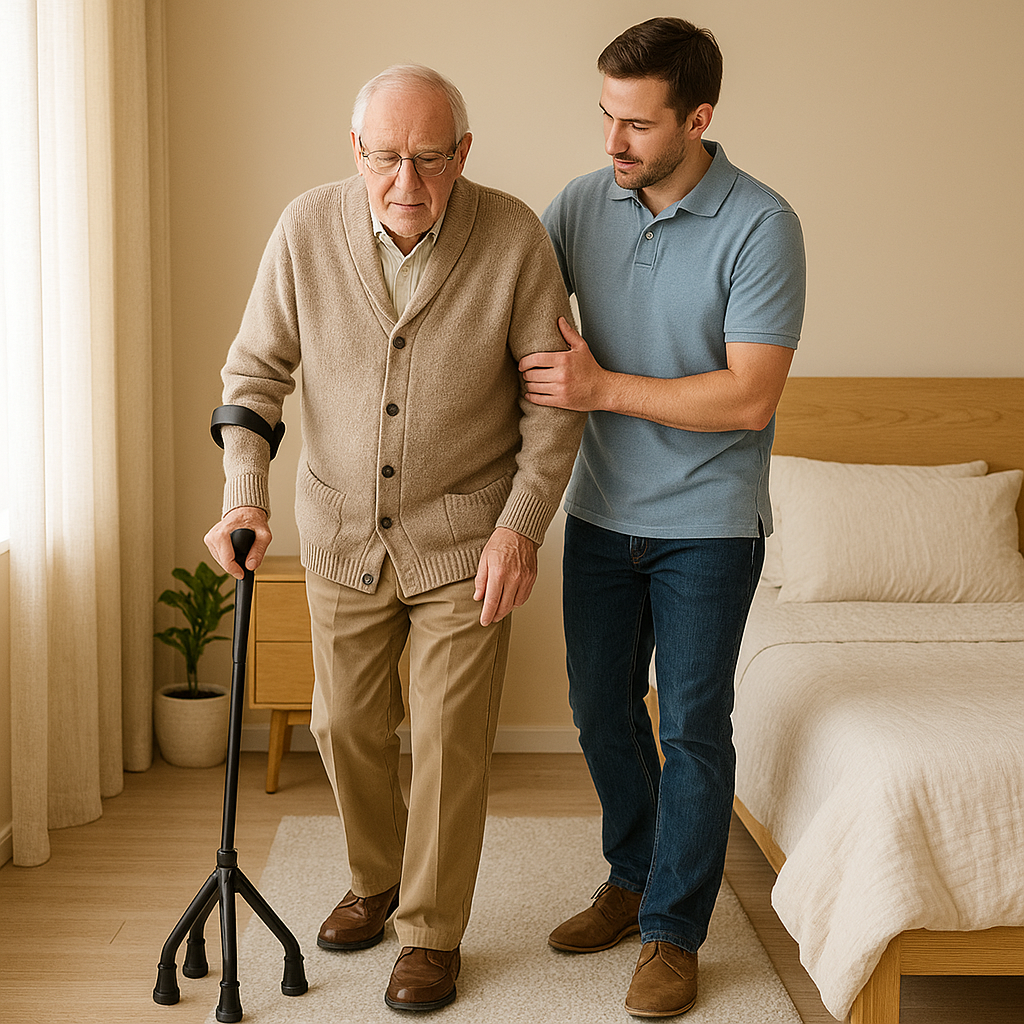
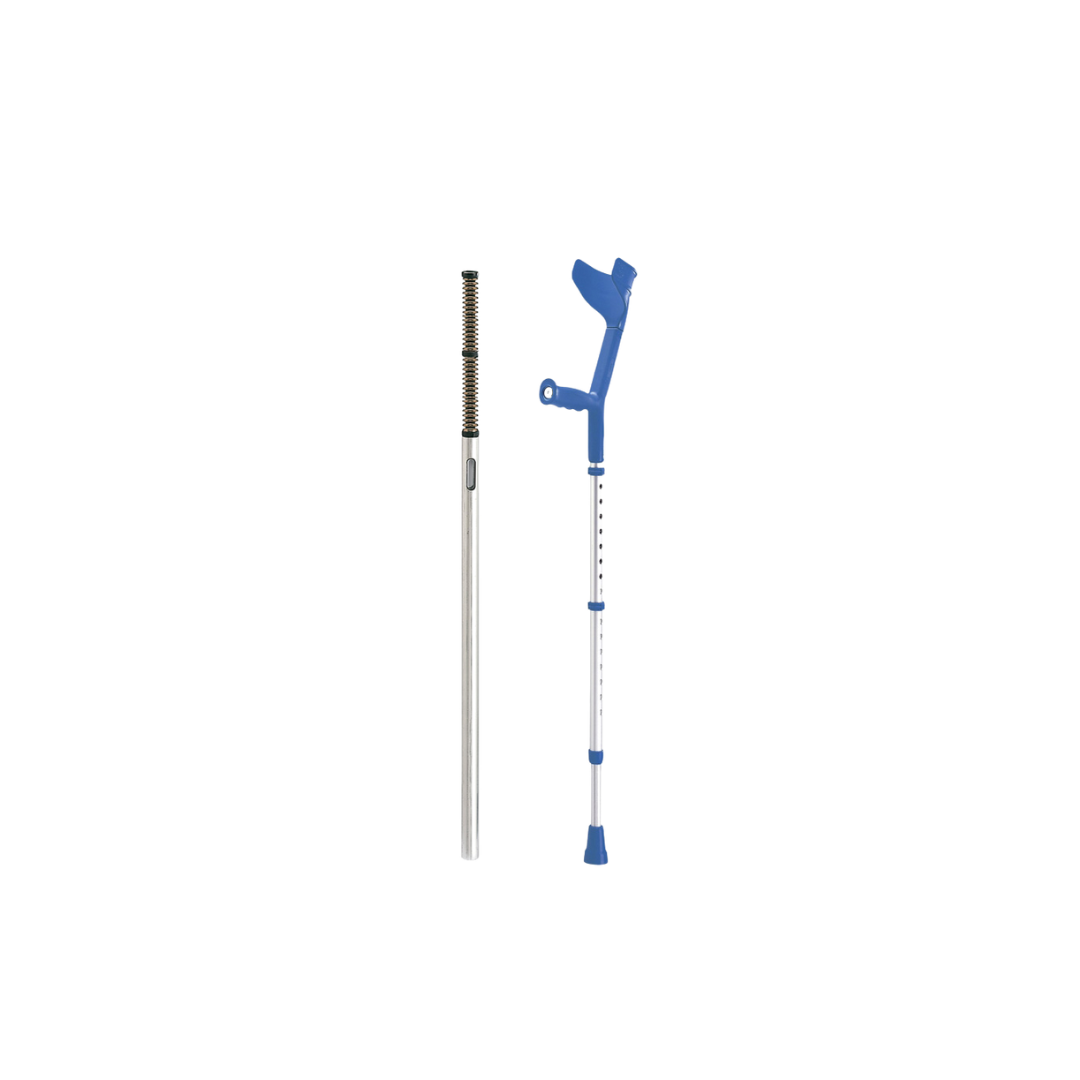
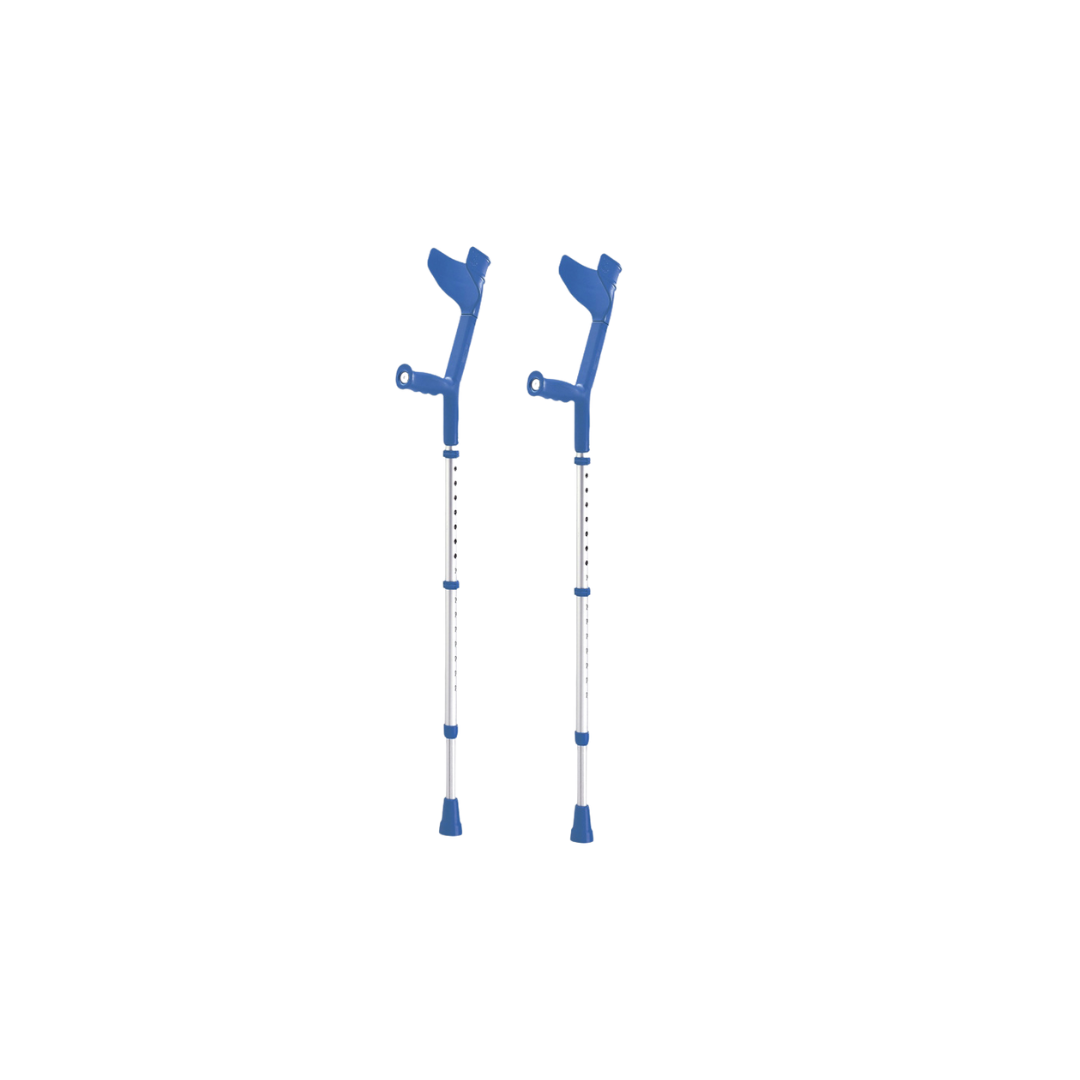
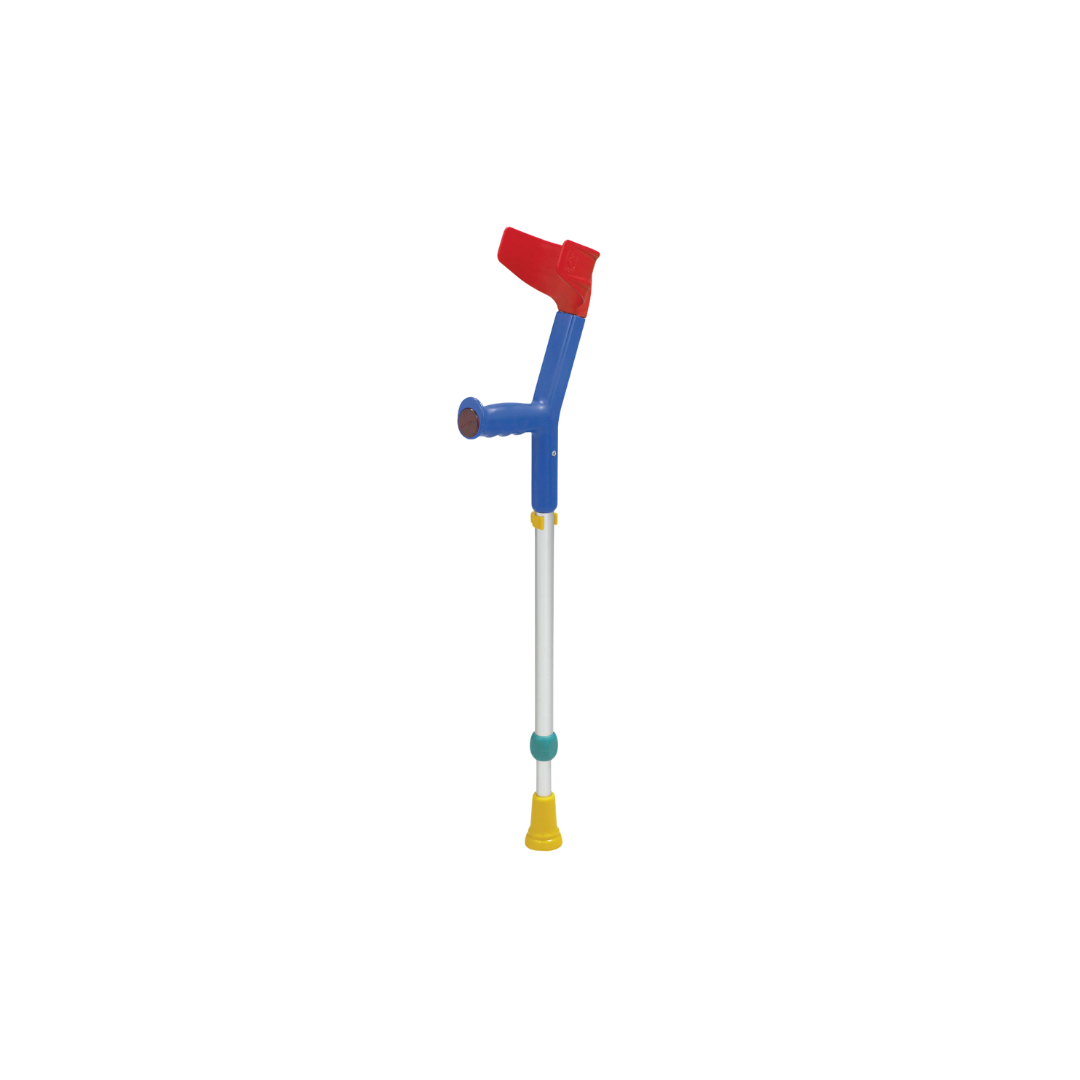
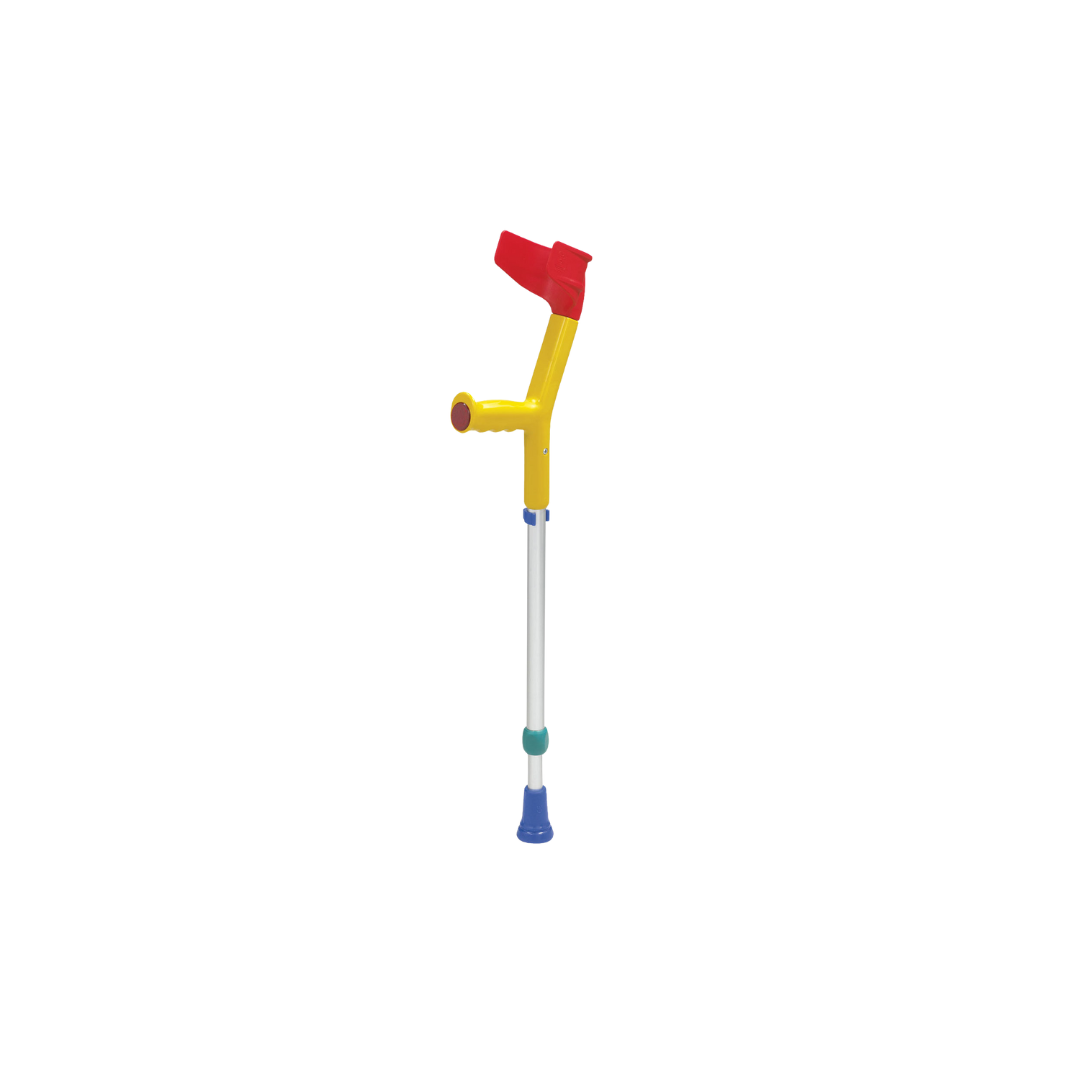
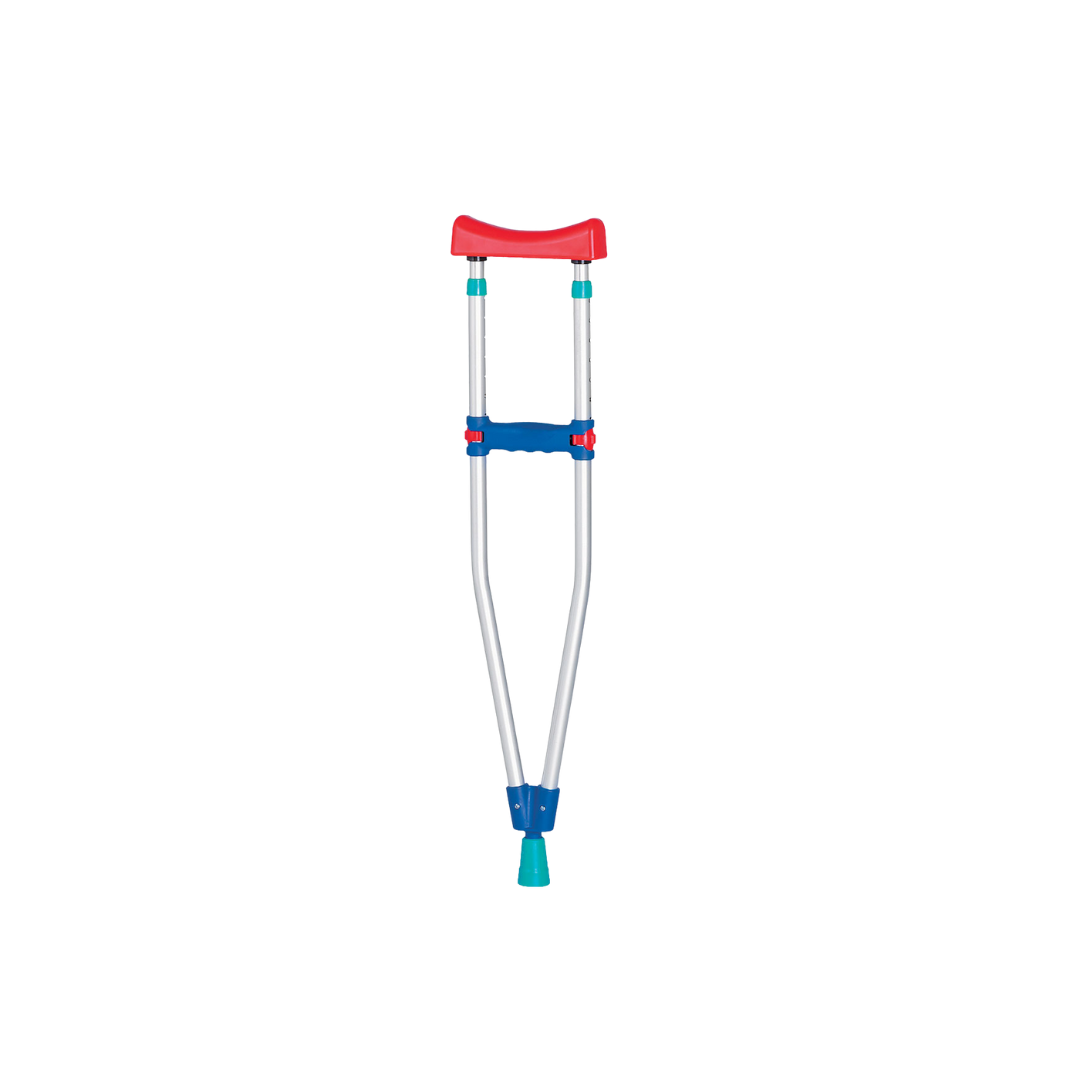
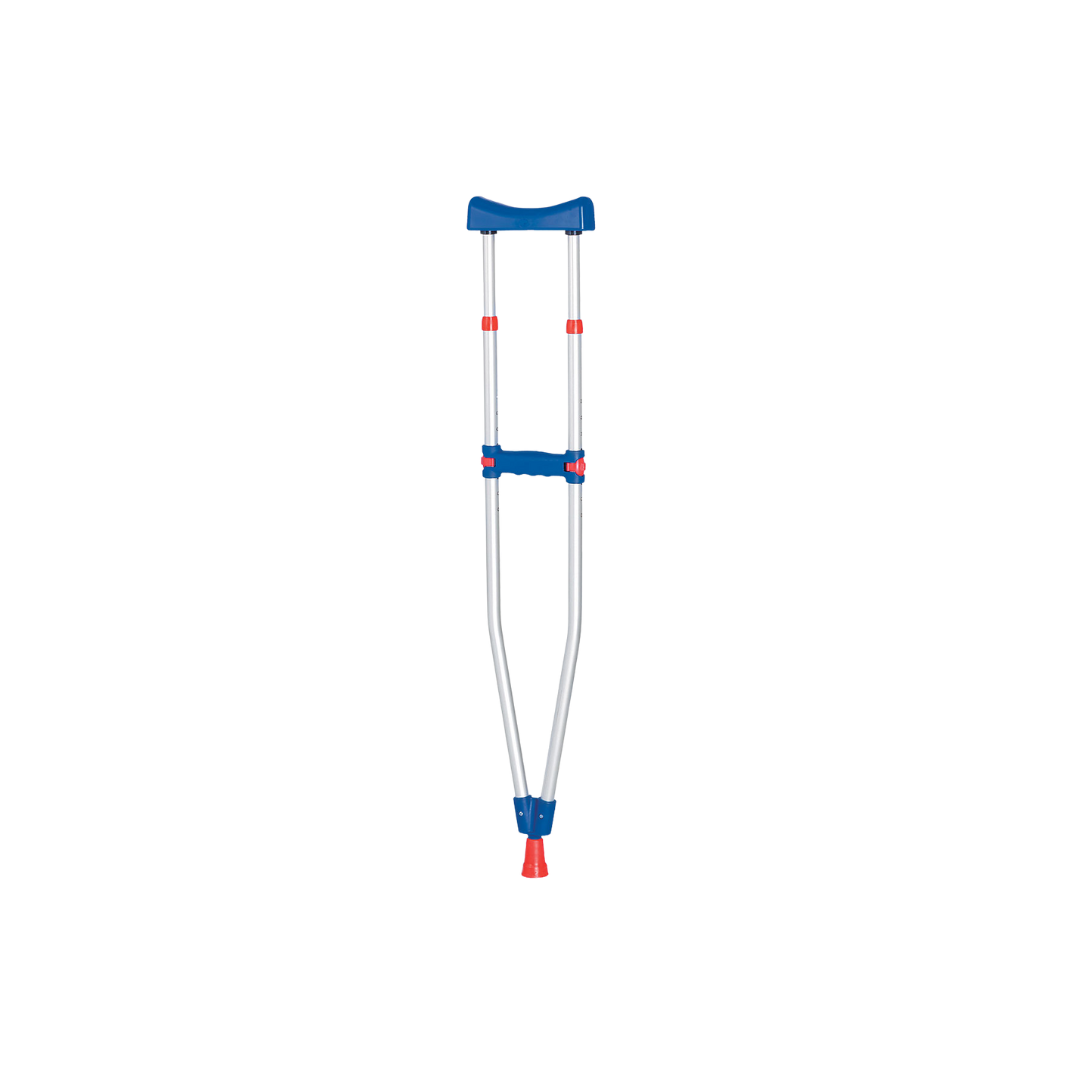

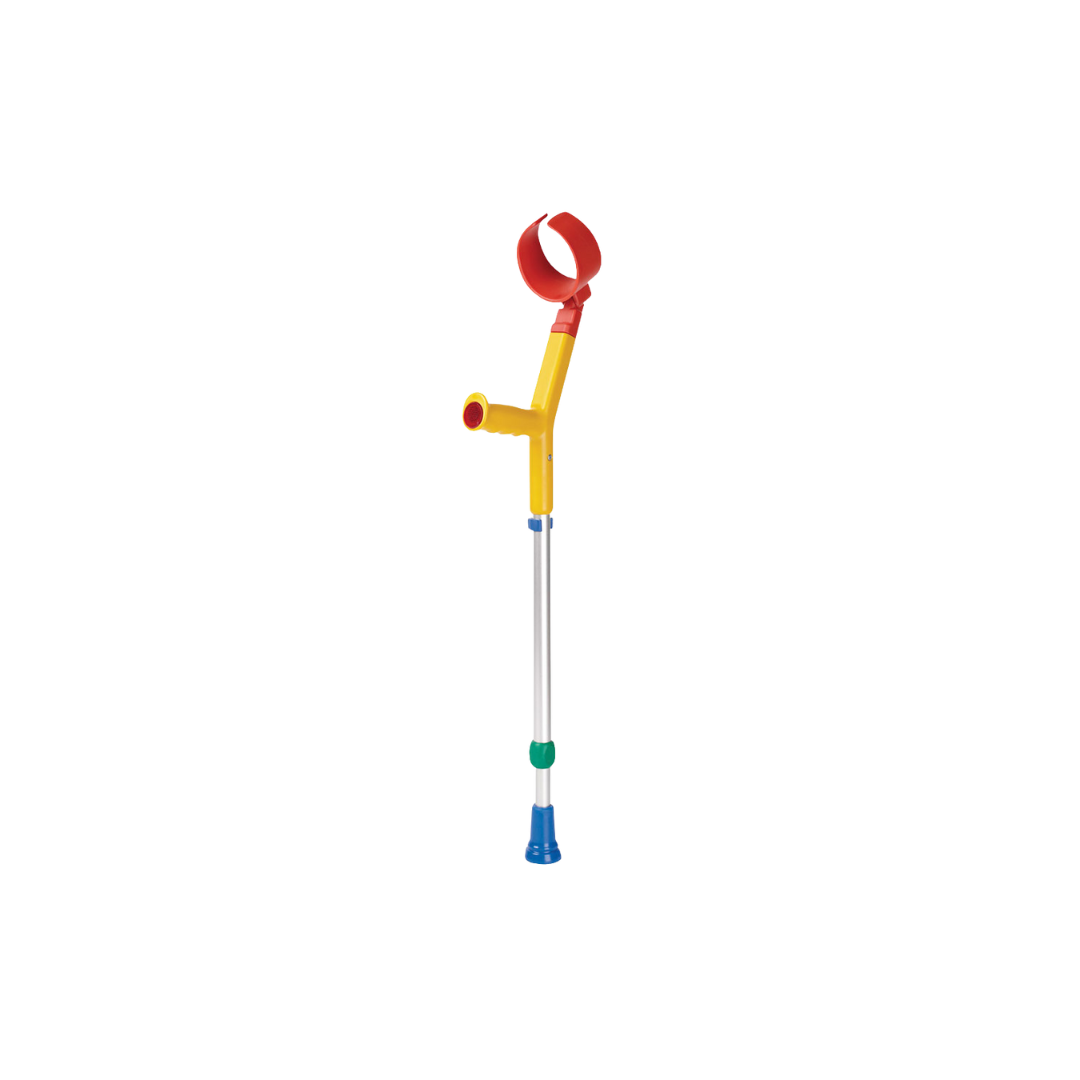
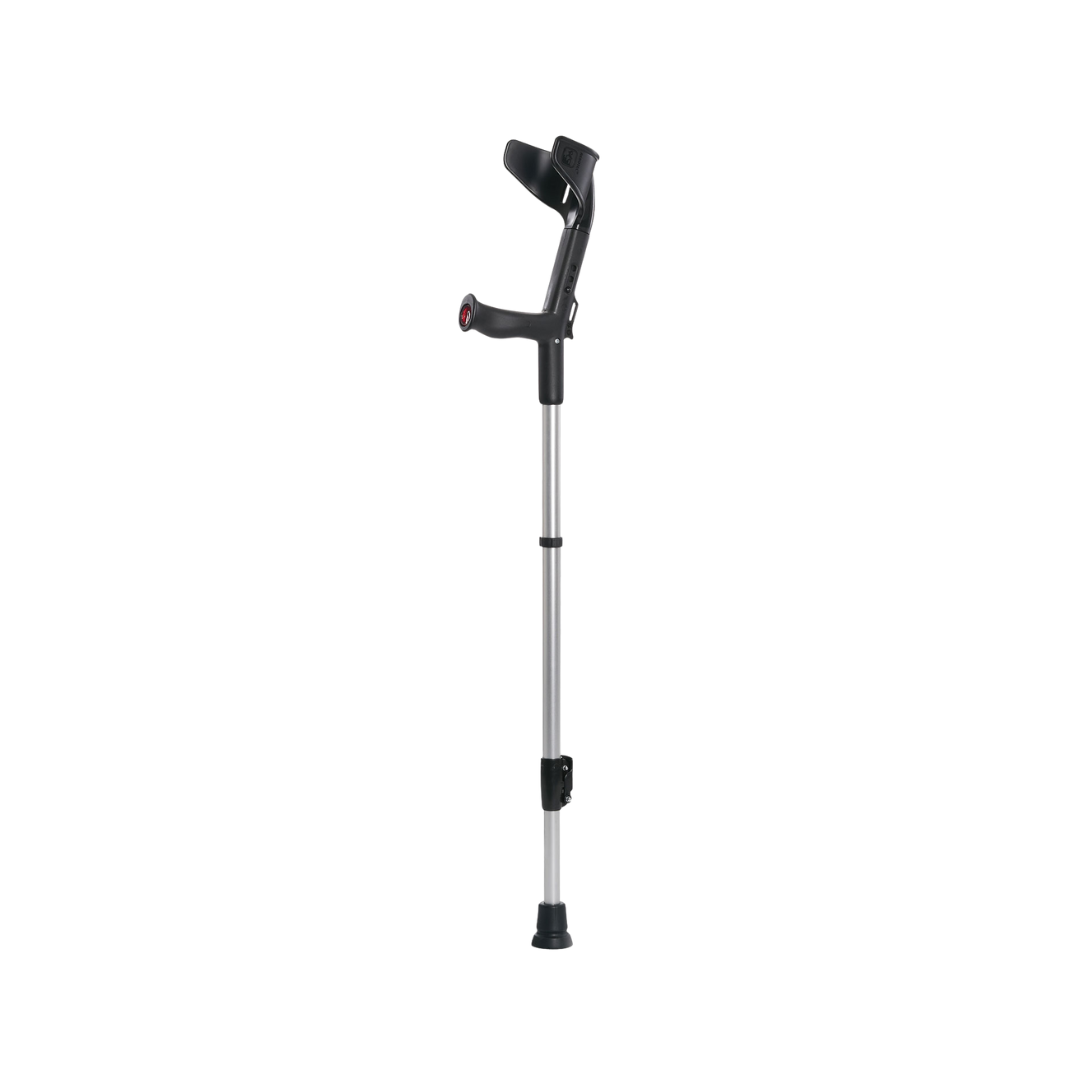
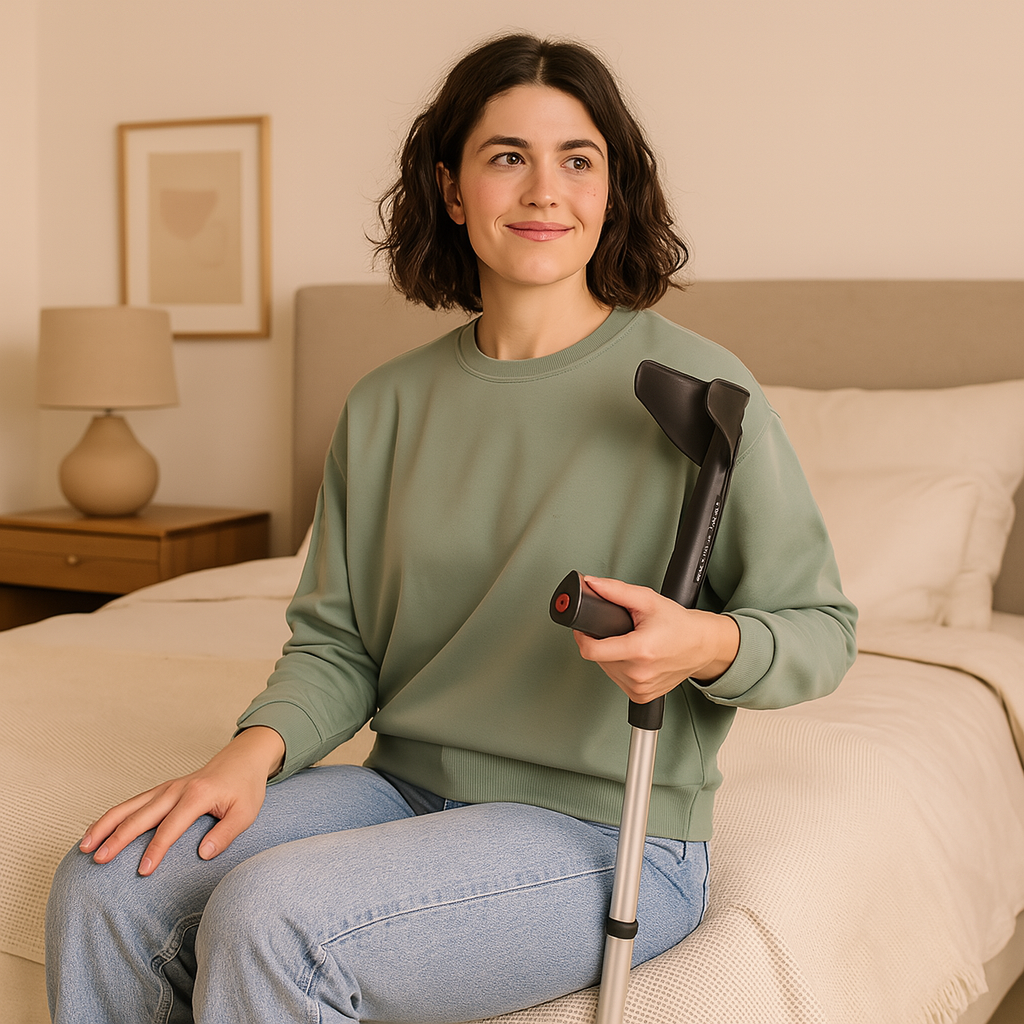
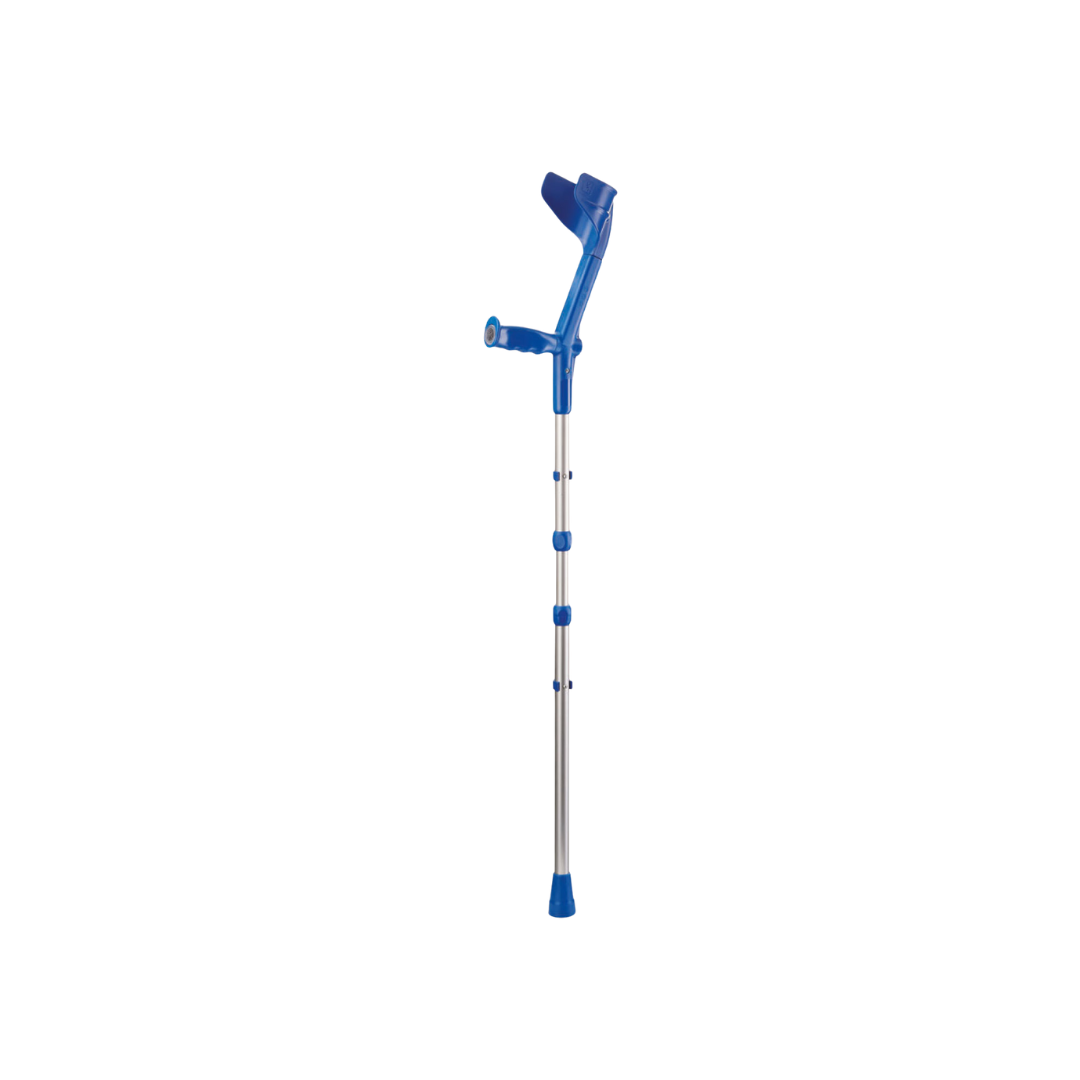
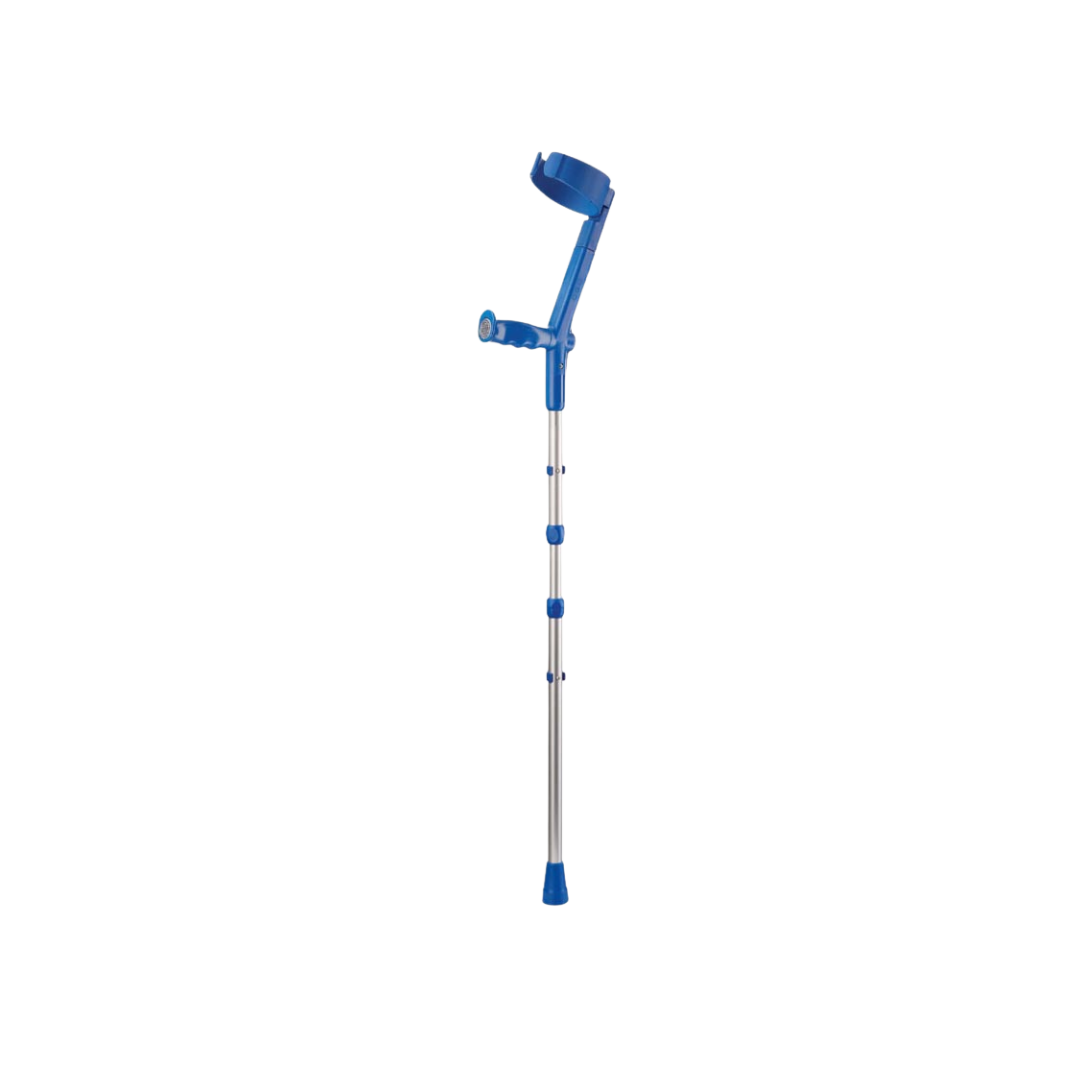

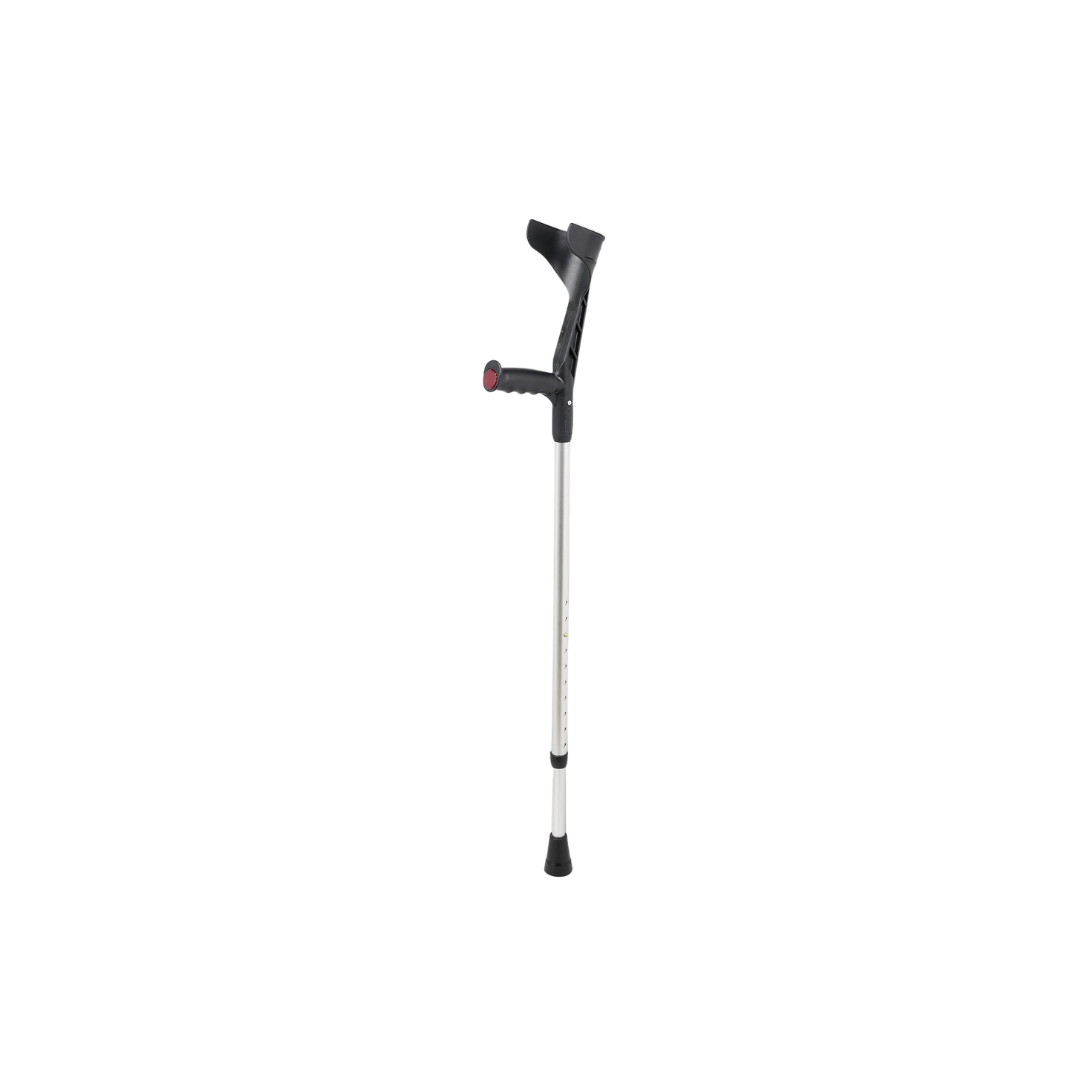
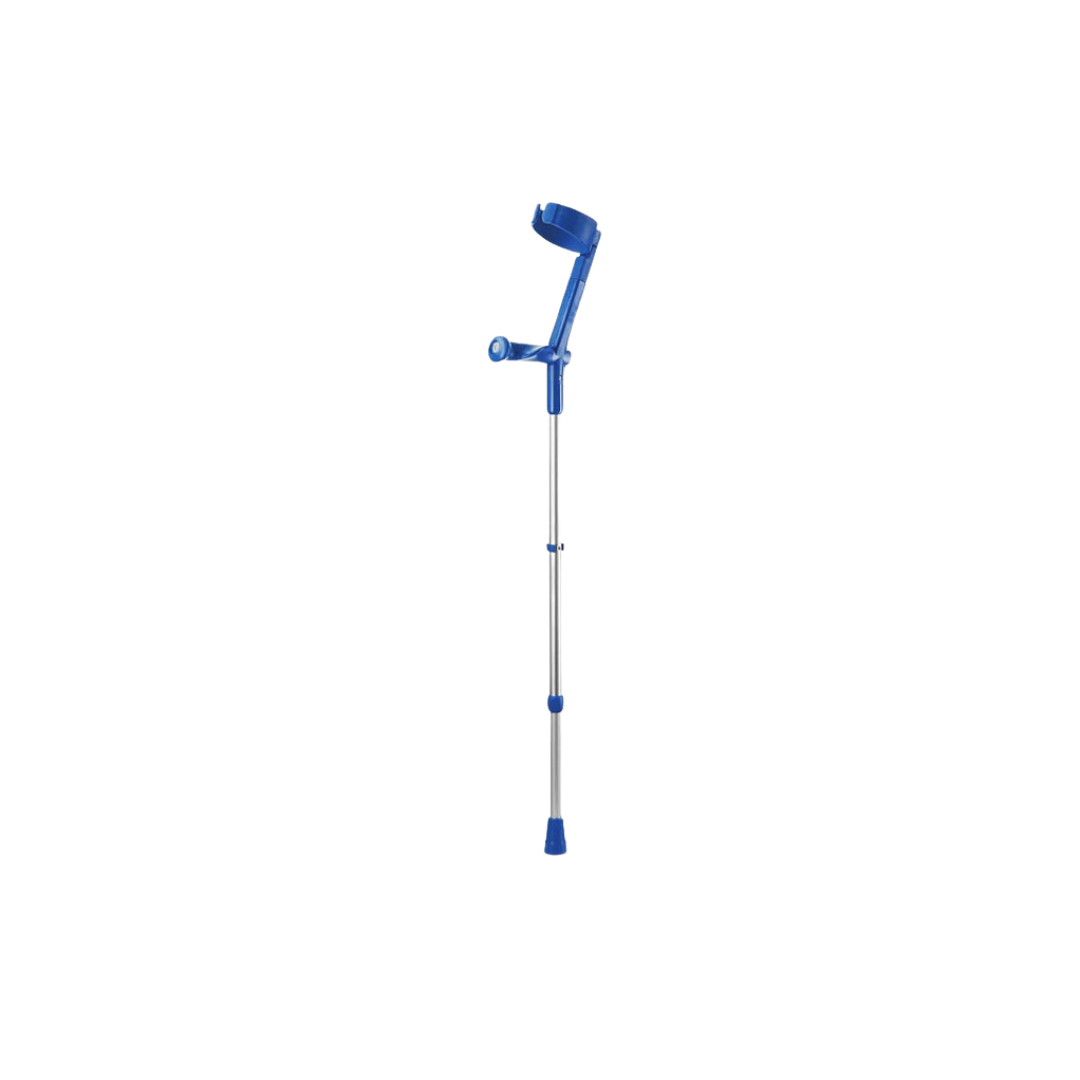
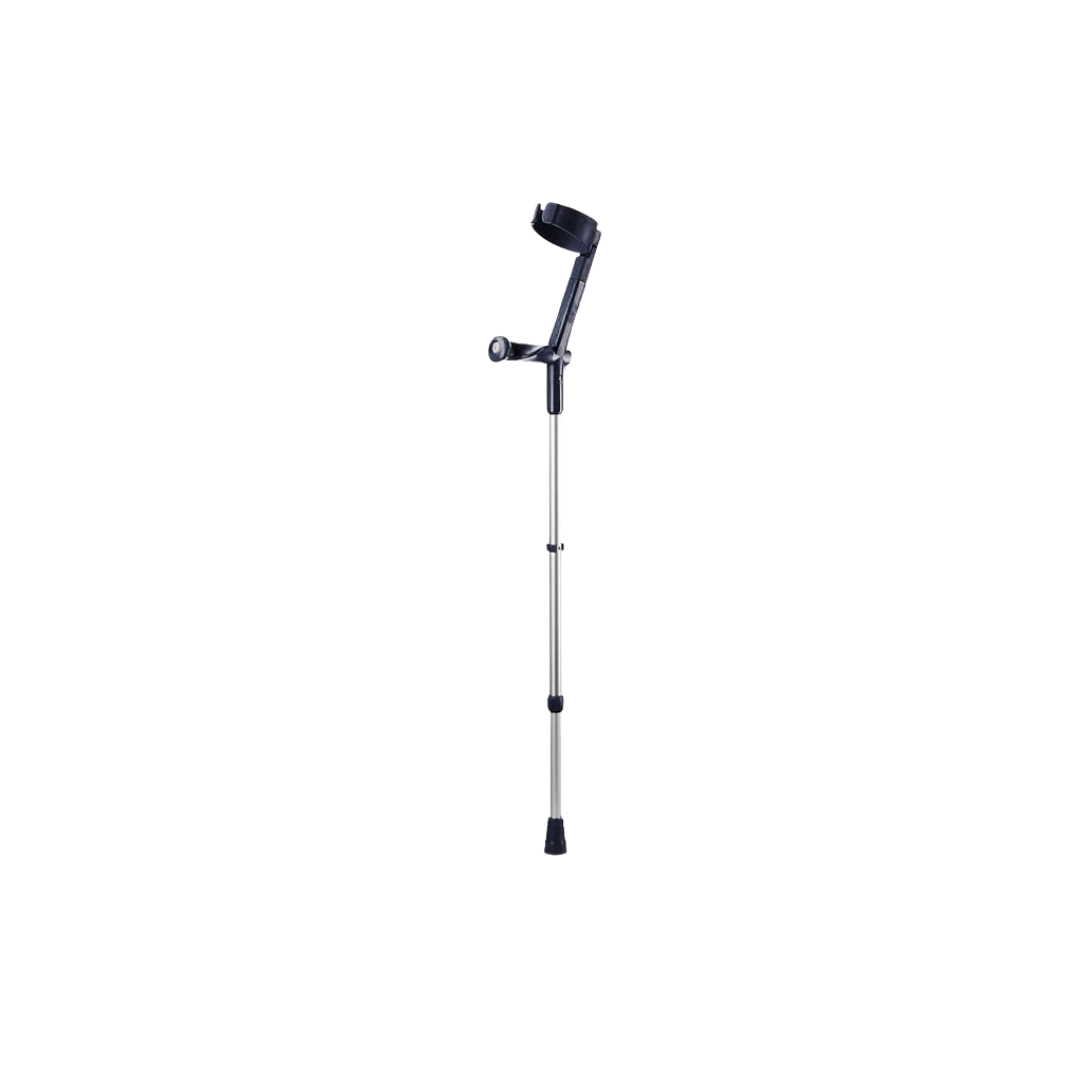
Recently viewed
FAQs
Forearm (elbow) crutches are best for long-term use as they offer better balance, comfort, and reduced underarm pressure.
Crutches should allow a slight bend in the elbow, with hand grips aligned to the wrist crease when standing upright.
Yes. Platform and arthritis-specific crutches distribute weight through the forearm, reducing strain on hands and wrists.
Crutches may be funded through NDIS, My Aged Care, or private health plans with appropriate clinical recommendation.
